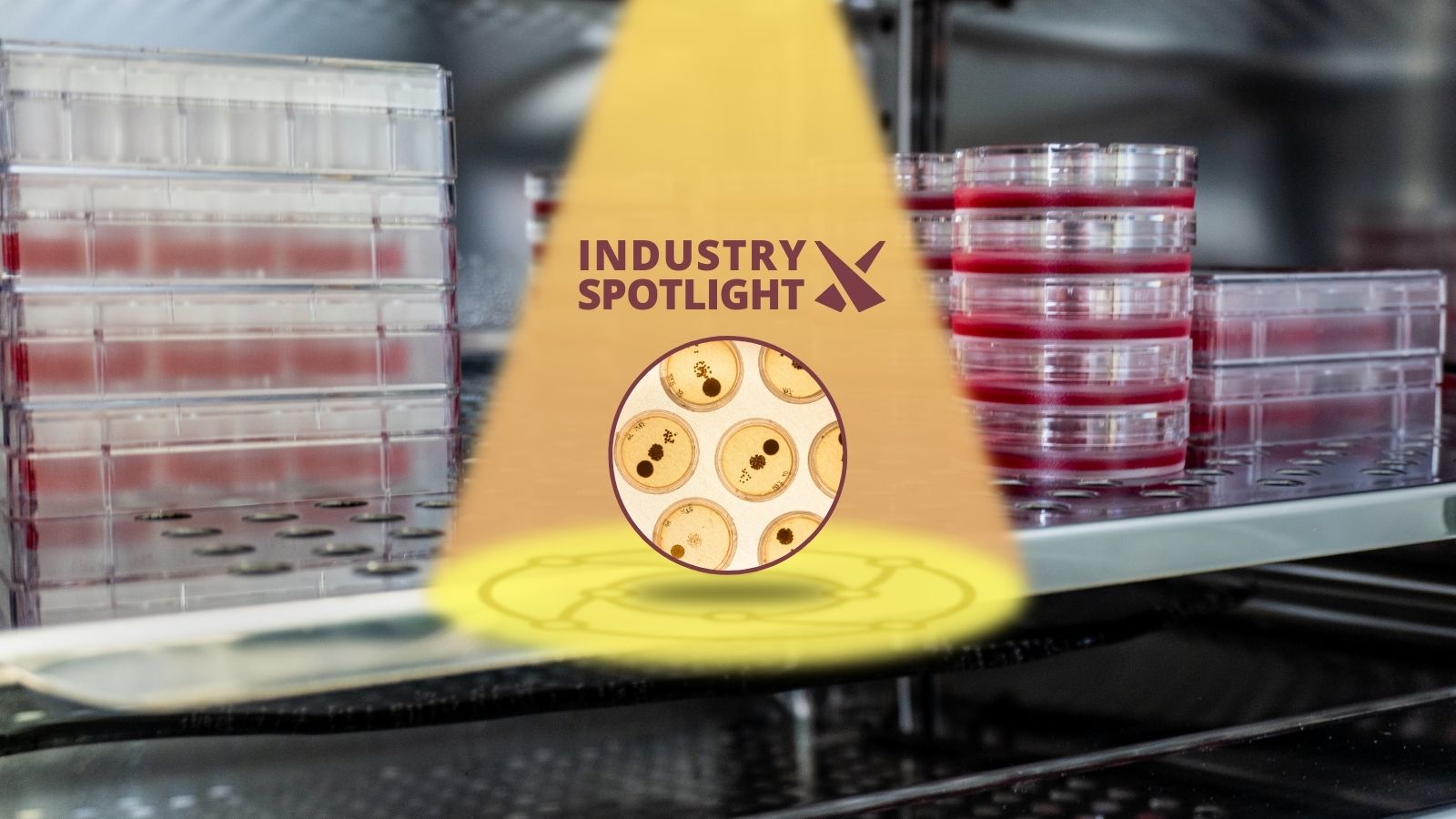Proactive Approaches to Cell Culture Media and Process Control Strategies

Cell culture media forms a crucial part of the production and supply chain for the manufacture of a host of different next-generation therapeutics.
With demand for advanced medicines continuing to grow, the ability to cultivate cells at scale in a manner that is both cost- and energy-effective is crucial – particularly given the aims of many large pharma companies to achieve carbon neutrality by 2025.
In October 2023, Merck announced a USD $25m investment in a cell culture media plant in Kansas, USA, given the strong growth expected in the field in the next few years.
Darren Verlenden, Head of Process Solutions at Merck, told Medicine Maker that the move reflected global demand for bioproduction and associated process solutions.
“Because of its central role in biomanufacturing, a consistent supply of high-quality media is required to deliver the necessary concentration and protein quality for therapeutics,” said Verlenden.
The 9,100 square metre expansion aims to capitalise on the creation of value that digitalization and industry 4.0 can offer, while aligning with the company’s sustainability goals.
Adherent cell cultures generated through cell culture media are widely used in next-generation therapeutics across the industry, including viral vectors for gene and gene-modified cell therapies and non-genetically modified therapies.
As demand for these advanced medicines rapidly increases, challenges associated with this scale-up and scale-out need to be overcome – something that companies looking to Merck for inspiration would be wise to bear in mind.
Integrating Cell Culture Media and Industry 4.0
Integrating automated process modelling with cell culture media approaches can yield major benefits in a move towards industry 4.0.
Chinese hamster ovary (CHO) cells form a key part of the cell culture media focus: roughly two thirds of all approved biologics currently being produced use CHO-based expression systems.
Prior to the current push towards Biopharma 4.0, models describing cell culture bioprocesses were used sparingly in industry and, when used, were developed for specific process products.
The aims of Biopharma 4.0 in monitoring, automated decisionmaking, and the advanced control of integrated manufacturing bioprocesses provide ample incentives and opportunities for establishing novel modelling strategies.
Ultimately, the user will be able to input bioprocess data to obtain a fully defined hybrid model that describes the dynamics of cell culture processes.
Further down the line, establishing model assembly strategies should increase the uptake of Biopharma 4.0 approaches across the sector.
Building in Process Efficiency
Merck’s expansion of its Kansas plant for cell culture media development also factors into the company’s progress towards its sustainability goals.
As it stands, the life science business is aiming to achieve carbon neutrality by 2025, which brings it in line with life science industry competitors such as Novartis.
While being carbon neutral is not the same as being ‘climate neutral’ – in other words, achieving net zero, something Merck is aiming to reach by 2040 – the fact that the company is building in steps to efficiency in its production and manufacture is encouraging.
One practical example of this is in the redesign of the Kansas cell culture media plant: the roof has been upgraded to a white thermoplastic polyolefin with sun-reflecting properties.
“As part of upgrading the roof, we also replaced five rooftop air conditioning units that used ozone-depleting R22 refrigerants with units that use non-ozone depleting 134A-refrigerant,” said Verlenden.
While the requisite need for expanding operations globally is consistent across the pharmaceutical industry at large and will be a central tenet of improved healthcare provision, all companies – large and small – should factor in the environmental impact of this expansion.
Get your regular dose of industry news and announcements here, or head over to our Cell &Gene portal to catch up with the latest advances in stem cell development and manufacturing. If you’d like to learn more about our upcoming Cell UK conference, visit our event website to download an agenda or register your interest.







